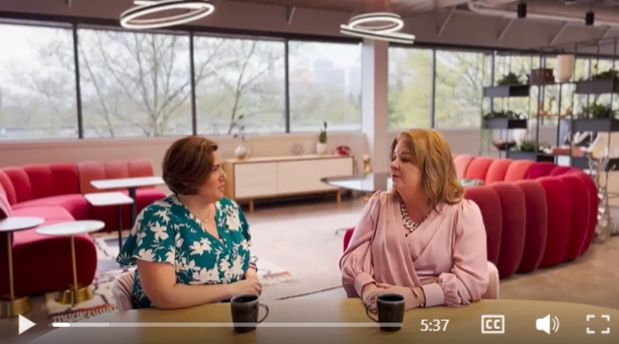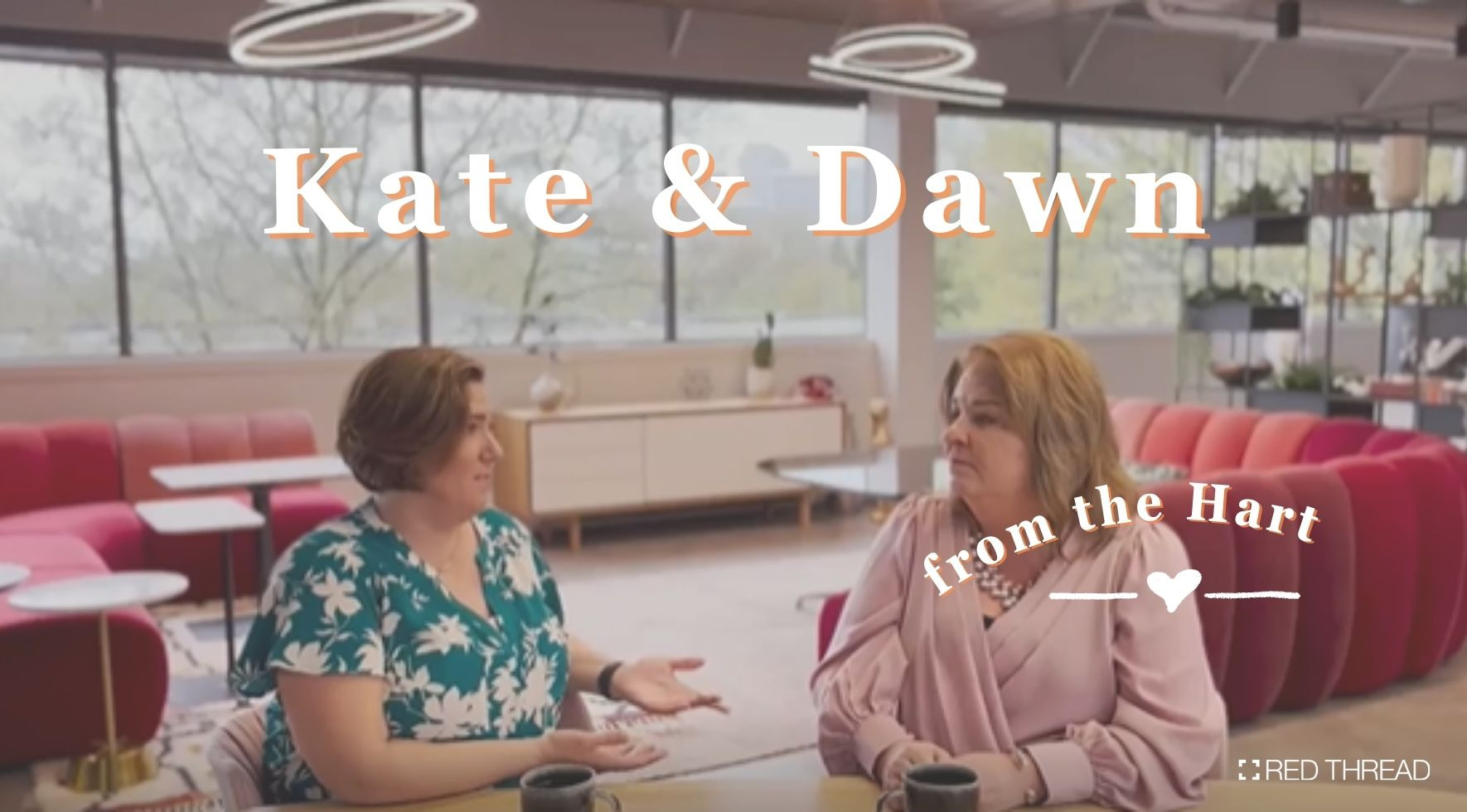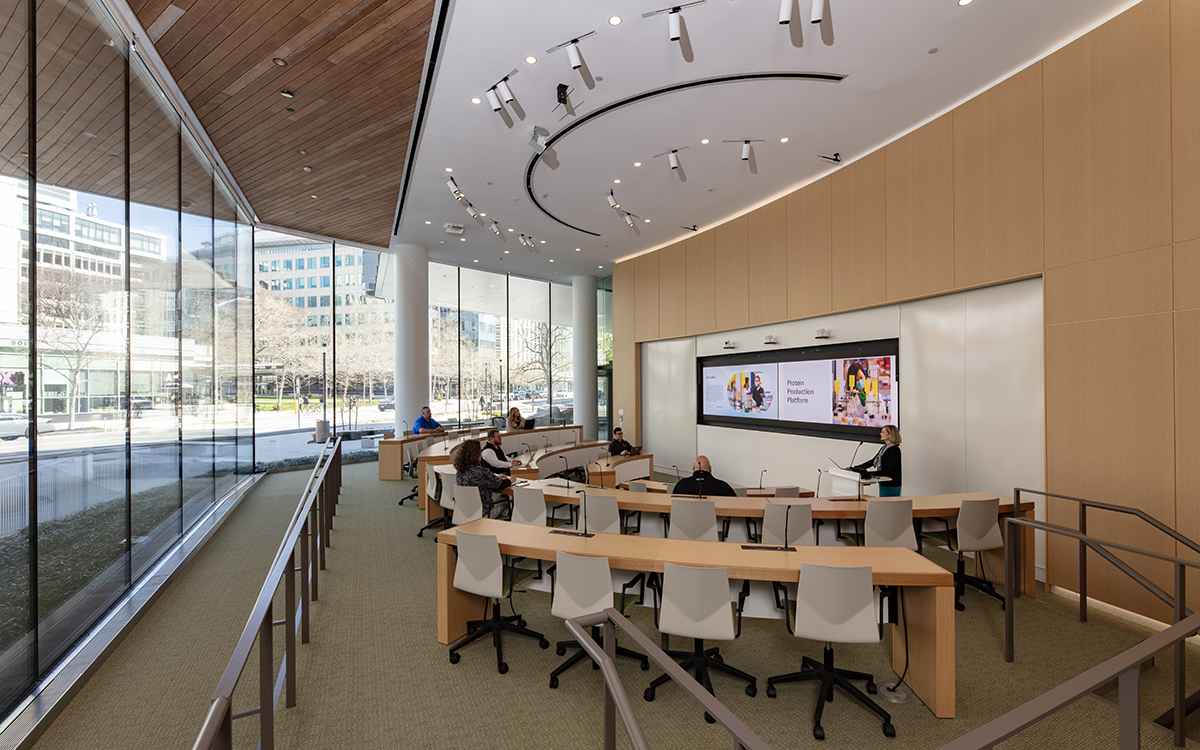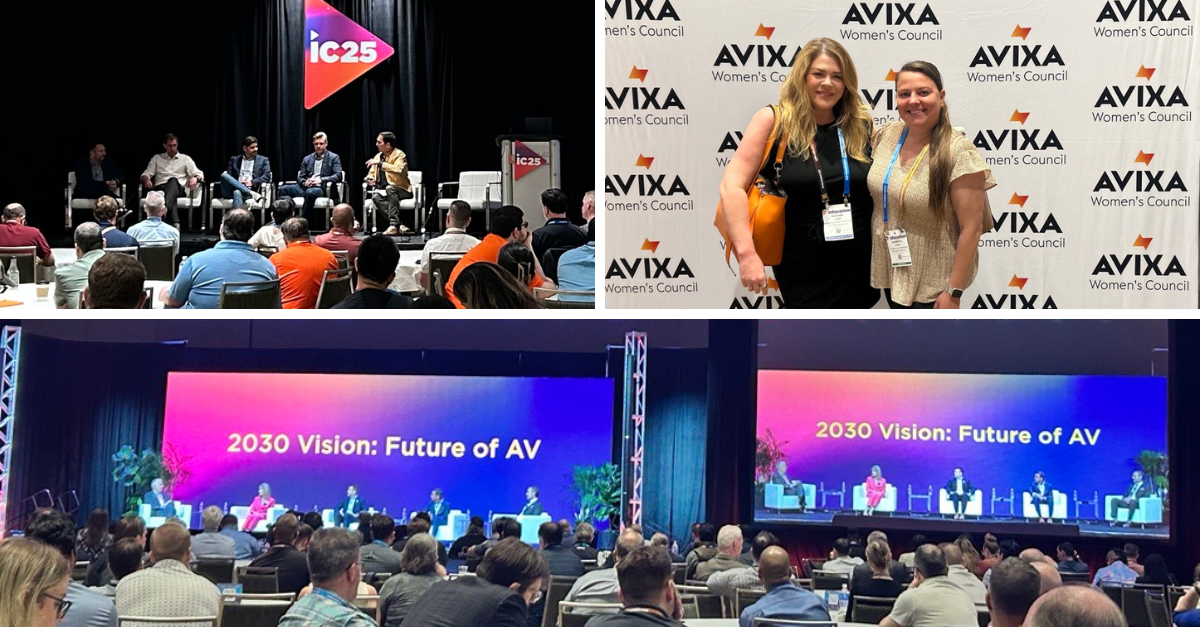The second episode of Dawn and Kate from the Hart: Importance of employee engagement in design
Join us as our own Dawn Monde and Katherine Beal share their input on the importance of employee engagement in the process of designing our new Workplace Innovation Hub.
Watch the second episode on LinkedIn here: https://www.linkedin.com/feed/update/urn:li:activity:7119703224252518400/

Read the full transcript below:
Intro
Hi, I’m Dawn Monde. And I’m Kate Beal. And we’re from Red Thread. And today we’re going to talk about the importance of engaging our employees in the process of the design of our new space.
Kate Beal 0:14
I think, you know, a lot of leaders can be afraid to ask for input, because there’s this idea about, oh, if I asked my employees, what do they want, then they don’t get what they want in the end result, and they might be disgruntled or upset about that. And so you really have to kind of overcome that fear of asking what people want and what they need, by framing the questions the right way.
Dawn Monde 0:38
You’re 100% correct. It’s not asking people what they want. It’s really understanding the way people work. And then from that, understanding the types of spaces people need to support the work
Kate Beal 0:50
Right, and ask about how they spend their time. And the types of things that they’re doing throughout the day is an easier way to frame it. And then with the design lens, you can come in and figure out what they actually need to do those things. And I think, you know, one of the important things about doing that work upfront, and in the beginning was that we were able to pivot to accommodate the results, right. So that once we found out what we needed to do, we were able to change and modify the design to support people better.
Dawn Monde 1:20
Well, and I think the other aspect that was really important was not just doing the analysis, and then us interpreting the data, it was actually bringing the data to employee groups for them to be able to understand and for them to be able to help us further understand what those results really meant.
Kate Beal 1:37
Absolutely, that level of engagement really allowed people to feel more connected to the space to have better ownership over the space. And I mean, they were key in our decision making.
Dawn Monde 1:47
Do you remember early on some of the communication that we were doing with our initial concepts? When we would sit in meetings, and we would show people what the design was coming to and how things were evolving. And it was really gratifying to see employees say, Yeah, we need that, oh, that’s gonna work for us, it was great to be able to see that connection from their needs to actually how the space was being designed.
Kate Beal 2:09
Absolutely, and allowing them to kind of see and picture how they were going to be in the space, I think it took away some of the anxiety from coming back to the office. But it also allowed us to add the tools and things that people were going to need, like that extra layer of making sure that they had all the things that they needed, not just that everybody had a desk to work at, but that they had the monitors and the technology that they needed to feel supported.
Dawn Monde 2:33
So we still look at this space as a living laboratory, we always will. So one of the other things I think that’s been really important is to continue in that dialogue: we’re on a journey; it’s not a destination. The work is continuing to evolve, the hybrid work modes are continuing to evolve, how people are adopting, that is continuing to evolve. So I think the workshops that we just did recently were really an eye opener for us in terms of how people are using the space.
Kate Beal 2:57
Yeah, it’s been great to see how a lot of the ways that we thought people would use the space is how they use the space. Um, so that’s been really gratifying. But I think just seeing those little ways that we can tweak things, areas that aren’t being used as much as they could be. Being able to modify those and kind of just working on the next round is, it’s really exciting.
Dawn Monde 3:15
We obviously aren’t going to be able to make wholesale changes to the space but where we can modify the space so it’s more effective for people to work, we certainly will.
Kate Beal 3:23
Yeah, and I think about when we were first designing and kind of planning those changes, we knew this was something that was going to come up since this is how we are as a company, right? So of course we’re going to check in, figure it out and kind of forge the way with our employee input and feedback.
Dawn Monde 3:39
And building that flexibility in upfront supports our ability to make some minor modifications as we move forward to better support our employees. One of the areas that we know isn’t working perfectly well for us is our tranquil neighborhood. I don’t think we have a lot of tranquil people here. But one of the ways that we actually are thinking of modifying that space is to actually change the location very simply of the monitor arms, to make it a little bit more of a space that that is less inviting to chitchat and conversation and a little bit more focused around the individual work as it was initially intended.
Kate Beal 4:14
Absolutely. And I think you know, engaging the employees in how the space is we’re going to be used upfront and in our most recent set of workshops has been valuable. Helping drive the behaviors that people expected of each other was different than mandating it from the top down, that everybody should behave a certain way. It was really all about feedback. And one of the feedback pieces that we got was to create this tranquil, quiet neighborhood. And if you know if it’s not working, we’ve got to modify it to make it work.
Dawn Monde 4:45
I also thought it was interesting what came out in terms of the protocols. We made a conscious decision not to try to drive and enforce protocols and when we initially moved in as leaders, we wanted those to be more of a self policing, self governing activity and think that that’s going to be a more effective way to adopt them.
Kate Beale 5:02
It has been so far people really embrace it, because it’s something that they believed in in the first place. It’s not something that was being told to them
Dawn Monde 5:09
So now that we’ve gathered all of that great information, it’s time for us to really sit back and analyze and take a look at the tweaks that we feel are a priority for us to make and be able to communicate back with employees. Because as you and I both know, it’s going to be a continuous feedback loop. We’re not just going to be one and done. We’re going to continue to ask employees, we’re going to continue to make modifications and tweak the space to best support their needs.
Kate Beal 5:31
Yeah, definitely. I can’t wait. This was a great conversation about engaging employees in the design process. Join us next time when we talk about why hybrid is hard.






